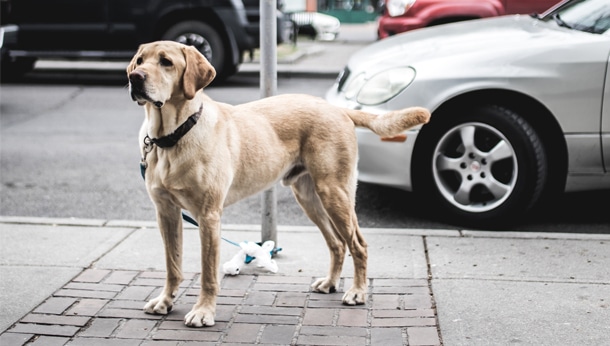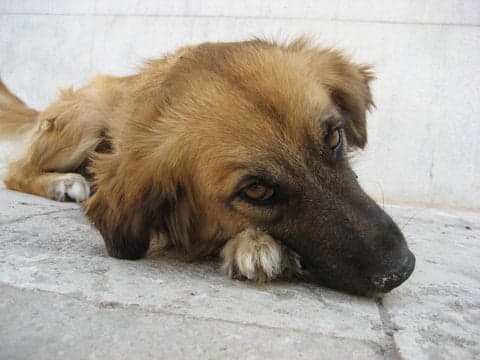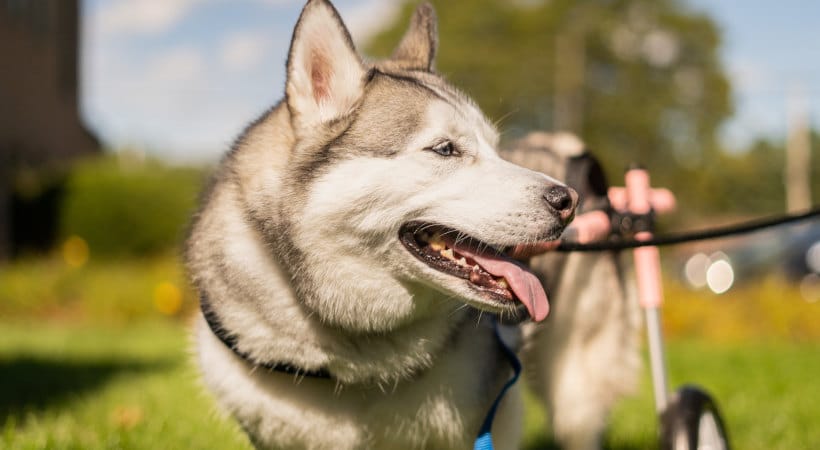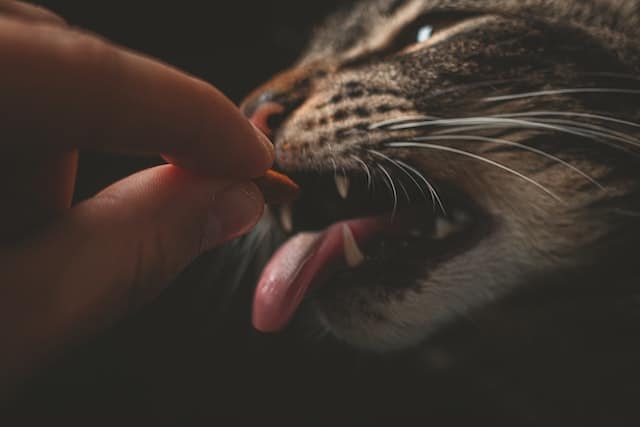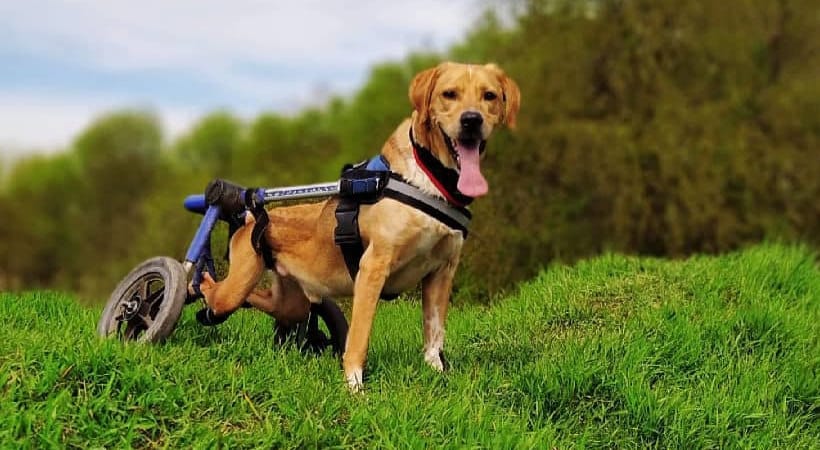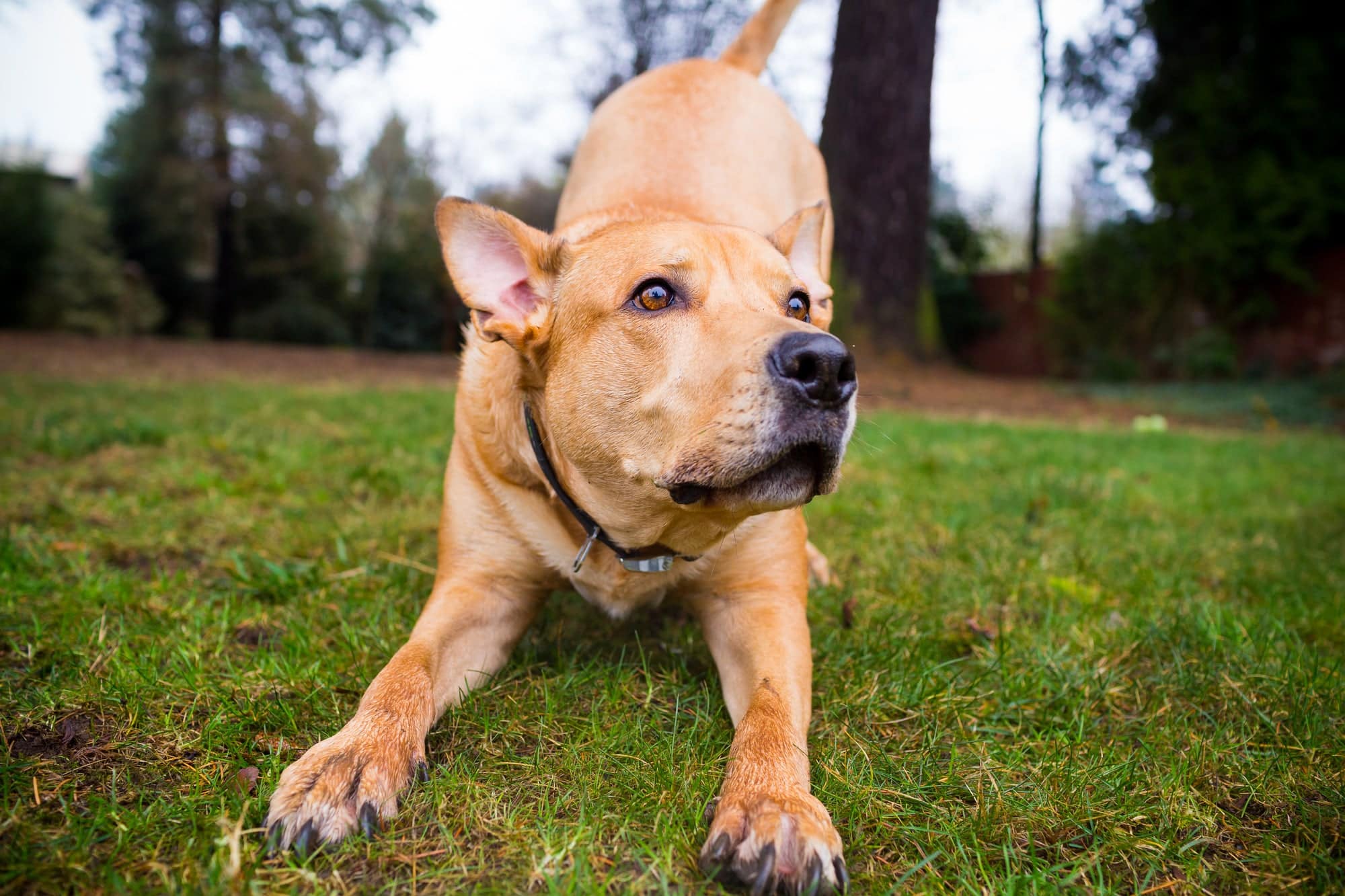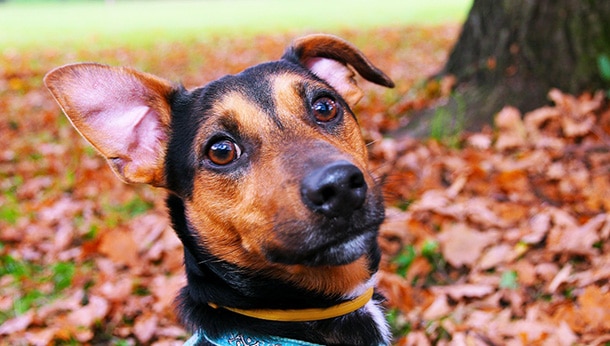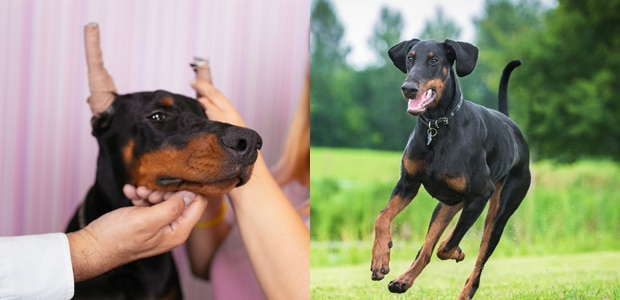Everybody is aware of {that a} wagging tail means a contented pooch, proper? Truly, canines wag their tails to specific a spread of feelings, and wagging can imply something from anxiousness to pleasure.
Together with physique language, the tail is how canines talk how they’re feeling to us and different animals. Let’s check out what it means when your canine wags their tail and easy methods to inform what they’re feeling.
What does tail wagging imply?
Canine are emotional animals they usually really feel a number of completely different feelings. This is without doubt one of the most important the reason why we type such robust bonds with our four-legged buddies.
While you see a canine wag their tail, you may assume that this implies they’re feeling completely happy, though typically this isn’t the case. When a canine wags their tail, they might be conveying quite a few completely different feelings. They may be feeling completely happy or excited, or they might be feeling nervous, threatened or anxious.
Sadly, our pooches can’t speak to us to tell us how they’re feeling, so that they use their tail actions to present us clues about their feelings. The positioning and pace of their tail actions, mixed with their physique language, helps to present an concept about how they’re feeling.
In case your canine is feeling excited or completely happy, their tails will wag backwards and forwards enthusiastically, or spherical and spherical in a ‘helicopter’ movement. Your canine will probably do that in case you’ve been away from them for a brief time frame, for instance, in case you’re coming back from vacation, and even simply from work. This tail motion is your canine telling you that they missed you and they’re actually completely happy to see you once more.
 Some canines transfer their entire physique after they wag their tails, once more that is usually an indication that they’re completely happy and happy to see you. This full-body motion can even imply {that a} canine is uncertain a couple of scenario and they’re trying to speak that they aren’t a risk.
Some canines transfer their entire physique after they wag their tails, once more that is usually an indication that they’re completely happy and happy to see you. This full-body motion can even imply {that a} canine is uncertain a couple of scenario and they’re trying to speak that they aren’t a risk.
In case your canine’s tail is relaxed and sitting in a pure place, which means they’re feeling calm and stress-free.
In case your canine’s tail is tucked between their legs it’s usually an indication that your canine or frightened or anxious. The tail should wag on this place, however on this case it’s not a contented wag! A stiff tail usually signifies that the canine is considering an aggressive response.
How can I inform if my canine is anxious?
In case your canine is feeling scared or anxious, their tail place gained’t be the one approach that they’ll let you recognize. Their physique language and expressions provides you with an perception into their emotional state.
They may begin to lick their lips or yawn, or they could act aggressively or defensively by growling or flashing their enamel. Maintain an eye fixed out for these bodily and emotional responses when your canine encounters one thing they’re uncertain about.
In case your canine begins to show any of those defensive behaviors, calmly take away them from the scenario so that they’ve loads of time and area to chill out. By being alert and taking note of your canine’s feelings, you possibly can assist to maintain them completely happy, calm and secure.
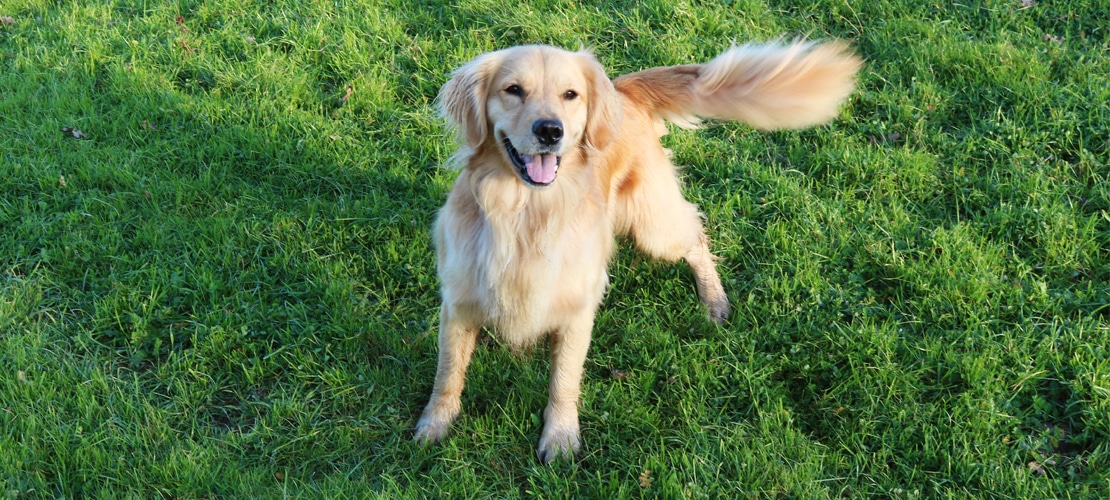
What does the course of the wag imply?
Analysis has proven that canines wag their tail both left or proper to convey how they’re feeling. Though it might sound a bit far-fetched, the analysis reveals that canines wag their tail to the left to point out damaging feelings, and to the correct to point out constructive feelings.
Why tail docking is an issue
Whether or not your canine has a brief curly tail one or a protracted, swooping one, a canine’s tail is important to assist them talk. When a canine’s tail is docked, they lose the flexibility to successfully talk by way of it, which as beforehand talked about, is a crucial methodology of conveying emotion.
Docking a canine’s tail is prohibited within the UK. Not solely is it a painful and pointless process that hampers their skill to speak, however it could possibly additionally have an effect on their stability and their skill to swim successfully.
Want extra information?
On the lookout for additional assist and recommendation in your canine’s behaviour? Contact us to seek out out extra about your canine’s behaviour.


